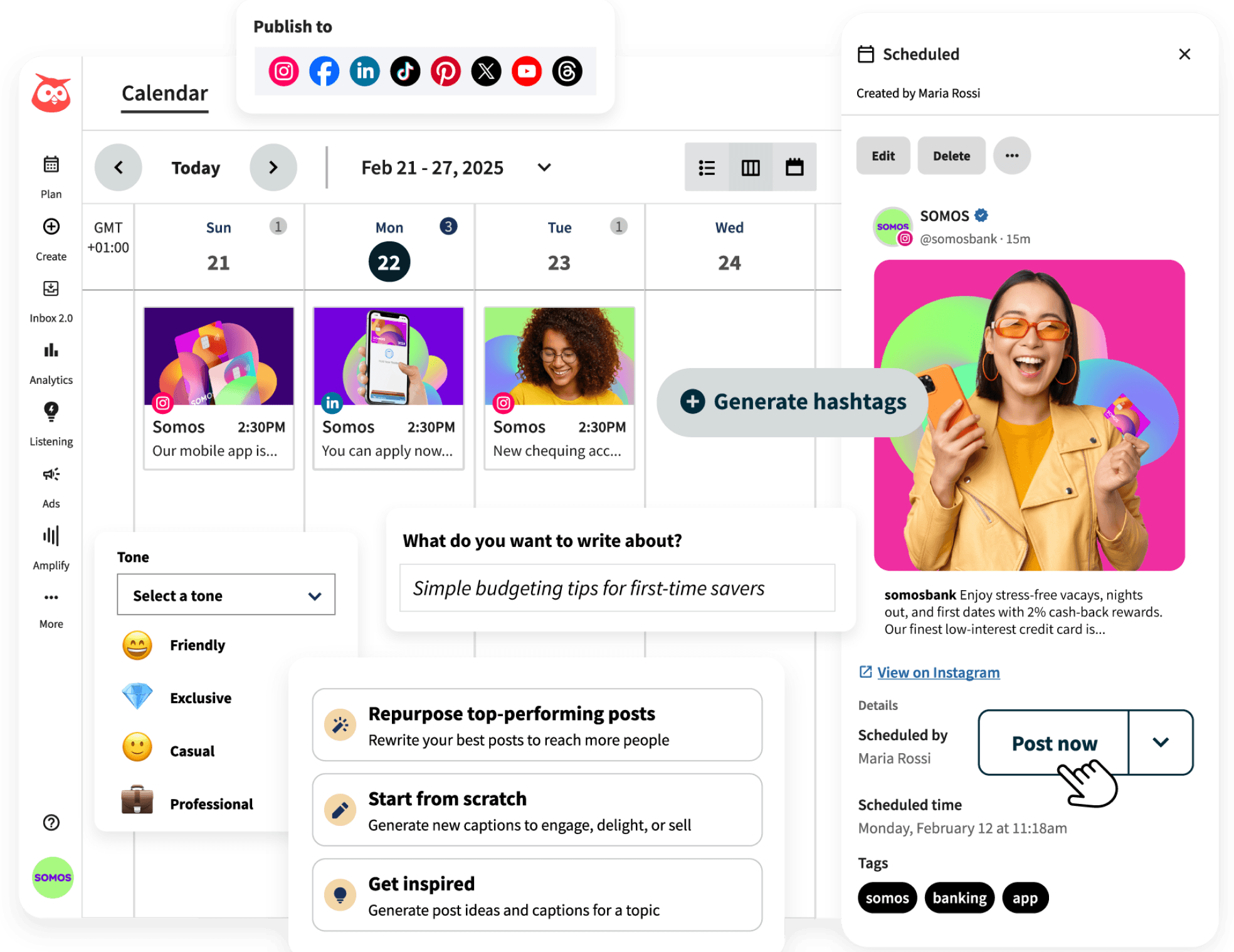WRITER: Complete Buyer's Guide
Enterprise-grade AI content automation platform
WRITER is an enterprise-grade AI content automation platform specifically engineered for organizations requiring regulatory compliance and sophisticated workflow integration. Unlike mid-market alternatives focused primarily on content volume, WRITER targets technology companies, healthcare organizations, and financial services firms that demand HIPAA/SOC 2 compliance alongside content automation capabilities[54].
Market Position & Maturity
Market Standing
WRITER occupies a premium enterprise position in the AI content automation market, competing directly with established platforms like MarketMuse and Jasper rather than mid-market alternatives[54][59].
Company Maturity
The platform's market maturity is evidenced by its focus on regulated industries including healthcare, finance, and technology companies that demand enterprise-grade capabilities[54].
Proof of Capabilities
Customer Evidence
The most substantial proof comes from Sage Publishing, which achieved 50% marketing cost reduction by redirecting copywriters to quality assurance roles after automating product descriptions[25].
Quantified Outcomes
Quantified customer outcomes demonstrate $12.02 million net present value over three years from labor efficiency gains in documented case studies[54].
Market Validation
Market validation comes from WRITER's ability to serve enterprise clients requiring API connectivity with existing CRM/CDP systems, multi-brand workflow management, and compliance integration that generic AI writing tools cannot provide[43][54][56].
AI Technology
WRITER's technical foundation centers on enterprise-grade AI content automation with sophisticated compliance integration and API-first architecture designed for complex organizational workflows[54].
Architecture
WRITER's API-first architecture supports the 75% of technology enterprises requiring API connectivity with existing CRM and CDP systems[43][56].
Primary Competitors
Primary competitors include MarketMuse with sophisticated topic modeling and gap analysis capabilities, and Jasper with 80+ role-specific applications serving enterprise clients like Ulta Beauty and Wayfair[38][54].
Competitive Advantages
Competitive advantages center on 95% reduction in regulatory breaches for healthcare and finance clients, API-first architecture supporting enterprise integration requirements, and agentic workflows enabling multi-brand adaptability[54][56].
Market Positioning
Market positioning creates clear differentiation based on regulatory requirements and integration complexity rather than feature parity[54].
Win/Loss Scenarios
Win/loss scenarios show WRITER excelling when compliance requirements, API integration needs, and workflow sophistication create clear value justification for enterprise pricing[59].
Key Features

Pros & Cons
Use Cases
Pricing
Featured In Articles
Comprehensive analysis of AI Content Briefs for AI Marketing & Advertising for AI Marketing & Advertising professionals. Expert evaluation of features, pricing, and implementation.
How We Researched This Guide
About This Guide: This comprehensive analysis is based on extensive competitive intelligence and real-world implementation data from leading AI vendors. StayModern updates this guide quarterly to reflect market developments and vendor performance changes.
60+ verified sources per analysis including official documentation, customer reviews, analyst reports, and industry publications.
- • Vendor documentation & whitepapers
- • Customer testimonials & case studies
- • Third-party analyst assessments
- • Industry benchmarking reports
Standardized assessment framework across 8 key dimensions for objective comparison.
- • Technology capabilities & architecture
- • Market position & customer evidence
- • Implementation experience & support
- • Pricing value & competitive position
Research is refreshed every 90 days to capture market changes and new vendor capabilities.
- • New product releases & features
- • Market positioning changes
- • Customer feedback integration
- • Competitive landscape shifts
Every claim is source-linked with direct citations to original materials for verification.
- • Clickable citation links
- • Original source attribution
- • Date stamps for currency
- • Quality score validation
Analysis follows systematic research protocols with consistent evaluation frameworks.
- • Standardized assessment criteria
- • Multi-source verification process
- • Consistent evaluation methodology
- • Quality assurance protocols
Buyer-focused analysis with transparent methodology and factual accuracy commitment.
- • Objective comparative analysis
- • Transparent research methodology
- • Factual accuracy commitment
- • Continuous quality improvement
Quality Commitment: If you find any inaccuracies in our analysis on this page, please contact us at research@staymodern.ai. We're committed to maintaining the highest standards of research integrity and will investigate and correct any issues promptly.